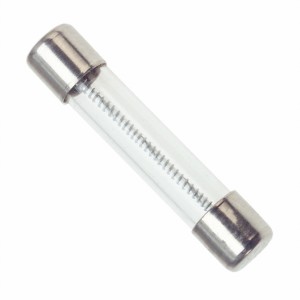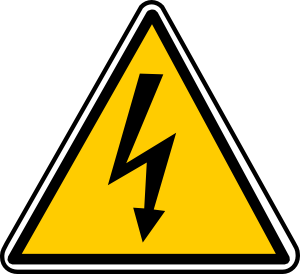FUSE
The XPIP Panel consists of very complex circuitry having very small to medium sized semiconductors. Since all the semiconductors are very sensitive, they have specific rating for voltage and current. Any fluctuation in the Voltage or Current level may cause failure of Semiconductors and hence it leads into the failure of XPIP Panel and associated Access Control Equipments.
For avoiding such condition Four number of Fuse are provided on the XPIP Panel. They are connected directly to the four Relays. They protects Relay in the case of Power Fluctuation and acts as Surge Protector.
Fuse Specification:
4A/125VP
Fuses are really just a special type of wire in a self-contained connector. The conductor inside the fuse is made of a metal similar to solder. It has a lower melting point than the wire itself. The size of the conductor is calibrated very carefully so that when the rated current is reached, enough heat is generated to melt the conductor and so break the circuit. A fuse interrupts excessive current so that further damage by overheating or fire is prevented. Wiring regulations often define a maximum fuse current rating for particular circuits. Overcurrent protection devices are essential in electrical systems to limit threats to human life and property damage. Fuses are selected to allow passage of normal current and of excessive current only for short periods.
CAUTION:
When a fuse is blown, it must be replaced before the circuit will work. A blown fuse must be replaced with a fuse of the same amperage. The rating should be matched before changing Fuse.
Ways to check Fuse:
Fuse can be checked visually.
Broken fragments of Filaments can be observed very easily.
It can be checked by Continuity Tester.









September 13th, 2010 at
I found this information interesting.
September 13th, 2010 at
I like your site.